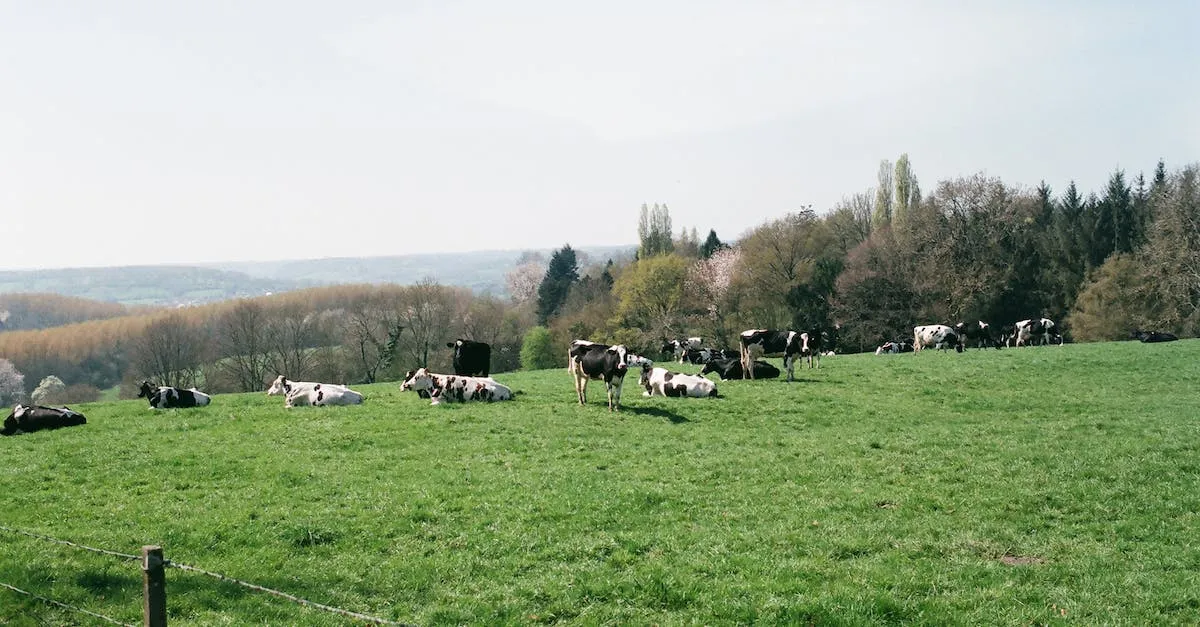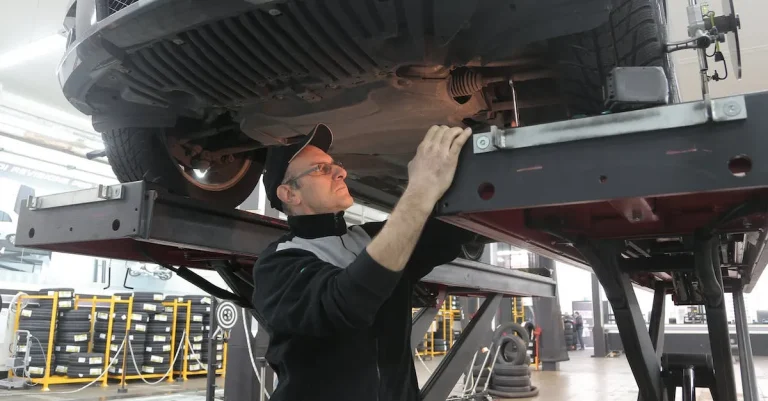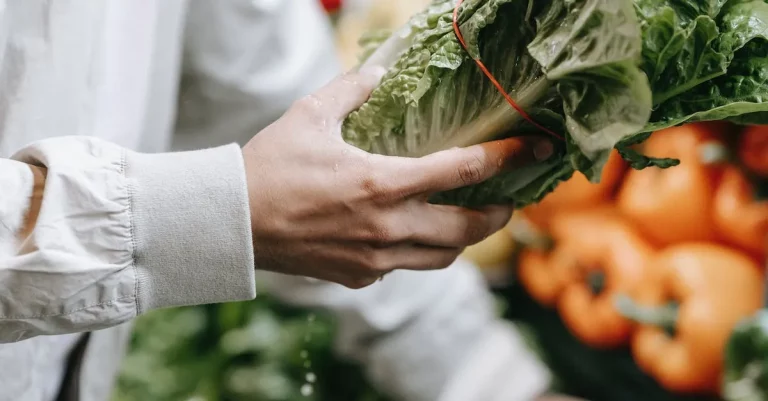How Many Cows Per Acre Can You Have In Texas?
Raising cattle is big business in the Lone Star State. With over 5 million beef cows across the vast Texas landscape, it’s no wonder many cattle ranchers want to optimize their pastureland. If you’re wondering just how many cows you can graze per acre in Texas, read on for a detailed breakdown.
If you’re short on time, here’s a quick answer to your question: The recommended stocking rate for cows in Texas is generally 1 to 4 acres per cow-calf pair. This range accounts for factors like forage production, breed, topography, and grazing strategy.
Stocking Rate Guidelines in Texas
When it comes to determining how many cows per acre you can have in Texas, there are several factors to consider. The stocking rate, which refers to the number of livestock that can be sustained on a particular area of land, is influenced by various factors including the size of the pasture, the quality and quantity of forage available, the breed of cattle, and the terrain and grazing method used.
Understanding these guidelines can help ensure the health and productivity of your cattle and the sustainability of your land.
Typical Range is 1-4 Acres Per Cow-Calf Pair
In Texas, the typical range for stocking rate is 1-4 acres per cow-calf pair. This means that on average, one cow-calf pair requires about 1-4 acres of land for grazing. The actual number within this range depends on several factors, including the quality of the forage and the management practices used.
It’s important to note that these are general guidelines and may vary depending on specific conditions.
Stocking Rate Varies Across the State
The stocking rate can vary across different regions of Texas due to variations in climate, soil types, and available forage. For example, areas with higher rainfall and fertile soil may be able to support a higher stocking rate compared to drier regions with less productive forage.
It is essential to consider local conditions and consult with agricultural experts or local extension offices to determine the appropriate stocking rate for your specific area.
Consider Your Forage Production
Forage production plays a crucial role in determining the stocking rate for your land. The amount and quality of forage available can vary based on factors such as soil fertility, rainfall, and pasture management practices.
It is important to assess your forage production capacity and ensure that it can meet the nutritional needs of your cattle throughout the year. This may involve implementing rotational grazing systems or making adjustments to your management practices to optimize forage production.
Cattle Breed Makes a Difference
The breed of cattle you have can also impact the stocking rate. Some cattle breeds have higher forage requirements and may need more acreage to meet their nutritional needs. Conversely, certain breeds are more efficient at converting forage into meat or milk and may require less acreage.
It is important to consider the specific nutritional requirements and forage utilization abilities of the breed you are raising when determining the appropriate stocking rate.
Terrain and Grazing Method Matter Too
The terrain and grazing method used on your land can also influence the stocking rate. Steep or hilly terrain may limit the number of cattle that can be sustained due to reduced grazing areas or increased risk of erosion.
Additionally, the grazing method employed, such as continuous grazing or rotational grazing, can impact the stocking rate. Rotational grazing, for example, allows for more efficient utilization of forage and can potentially support a higher stocking rate compared to continuous grazing.
It is important to consider these factors when determining the appropriate stocking rate for your land.
For more information on stocking rates and grazing management practices in Texas, you can visit the Texas A&M AgriLife Extension website, which provides valuable resources and expertise in livestock production and land management.
Determining Your Optimal Stocking Rate
Determining the optimal stocking rate for your cattle can greatly impact the success of your operation. Texas is known for its vast cattle ranches, but how many cows per acre can you have? There are several factors to consider when determining the appropriate stocking rate for your land.
Start With Soil Testing
One of the first steps in determining your optimal stocking rate is to conduct a soil test. Soil tests provide valuable information about the nutrient content and pH levels of your soil. This information can help you understand the carrying capacity of your land and how many cows it can support.
If your soil is deficient in certain nutrients, you may need to supplement your grazing with additional feed or fertilizer.
Evaluate Your Forage Quality and Yield
Another important factor to consider is the quality and yield of your forage. The type of grasses and plants that grow on your land will determine how much forage is available for your cattle. It’s important to regularly assess the quality and quantity of your forage to ensure that it meets the nutritional needs of your herd.
If your forage is of low quality or there is a limited supply, you may need to adjust your stocking rate accordingly.
Factor in Cattle Type and Grazing Strategy
The type of cattle you have and your grazing strategy will also influence your stocking rate. Different breeds and sizes of cattle have different forage requirements. Additionally, your grazing strategy, such as rotational grazing or continuous grazing, can impact the amount of forage that is available for your cattle.
It’s important to consider these factors when determining how many cows per acre your land can support.
Consider Supplemental Feeding
In some cases, supplemental feeding may be necessary to meet the nutritional needs of your cattle. This is especially true during periods of drought or when forage availability is limited. Supplemental feeding can help ensure that your cattle are getting the necessary nutrients, even if your land’s carrying capacity is lower than desired.
However, it’s important to carefully consider the cost and logistics of supplemental feeding before implementing it.
Monitor and Adjust as Needed
Once you have determined your initial stocking rate, it’s important to monitor the condition of your land and your cattle regularly. Keep an eye on the health and body condition of your cattle, as well as any changes in your forage quality and yield.
If you notice any issues, such as overgrazing or nutrient deficiencies, you may need to adjust your stocking rate to ensure the long-term health and productivity of your operation.
Remember, determining the optimal stocking rate for your land is not a one-size-fits-all approach. It requires careful consideration of multiple factors and regular monitoring to ensure the well-being of your cattle and the sustainability of your operation.
Best Practices for Maximizing Stocking Rates
Rotate Pastures and Defer Grazing
One of the best practices for maximizing stocking rates in Texas is to rotate pastures and defer grazing. This involves dividing your land into smaller paddocks and moving the cattle from one paddock to another at regular intervals.
By allowing the grass in each paddock to fully recover before grazing it again, you can ensure that your cows have access to fresh, nutritious forage. This not only improves the overall health and productivity of your herd but also prevents overgrazing and soil erosion.
Overseed and Fertilize Pastures
To increase the carrying capacity of your land, consider overseeding and fertilizing your pastures. Overseeding involves planting additional grass or legume species to improve forage production. Fertilizing, on the other hand, provides essential nutrients to the soil, promoting healthy grass growth.
Both practices can significantly increase the amount of forage available for your cows, allowing you to support a higher stocking rate.
Provide Adequate Water Sources
Water is a crucial resource for livestock, and ensuring that your cows have access to an adequate water supply is essential for maximizing stocking rates. Make sure to provide clean and accessible water sources in each pasture or paddock.
This can be achieved through the installation of troughs, tanks, or natural water sources such as ponds or streams. Regularly check and maintain these water sources to ensure they are in good working condition.
Use Weather Forecasts to Manage Herd
Weather conditions can have a significant impact on forage growth and quality. By using weather forecasts to manage your herd, you can make informed decisions about when to move the cattle to different pastures or when to provide supplemental feed.
Keeping an eye on weather patterns can help you optimize grazing and minimize the risk of overgrazing during periods of low forage availability.
Weigh Cattle Regularly
Regular weighing of your cattle is essential for monitoring their growth and overall condition. By tracking the weight of your cows, you can adjust their feed and grazing management accordingly. This allows you to better estimate the carrying capacity of your land and make informed decisions about stocking rates.
Weighing cattle regularly also helps identify any health issues or nutritional deficiencies that may require attention.
Cull Less Productive Animals
Another effective practice for maximizing stocking rates is to cull less productive animals from your herd. Culling involves removing cows that are not performing well in terms of weight gain, reproduction, or overall health.
By removing these less productive animals, you can free up resources and space for more productive cows. This not only improves the overall efficiency of your operation but also allows you to optimize stocking rates.
Conclusion
Optimizing stocking rates is key to productive, sustainable cattle ranching in Texas. While 1-4 acres per cow-calf pair is typical, your specific conditions will determine the ideal rate for your operation. With mindful grazing practices, soil testing, forage management, and data-based adjustments, you can maximize the productivity of your pastures while maintaining healthy livestock and landscapes.








